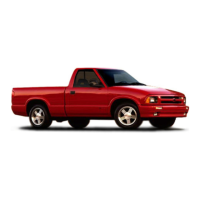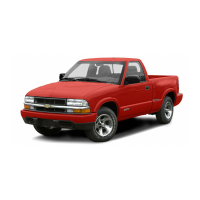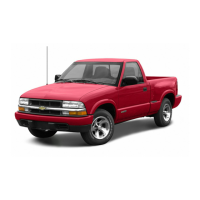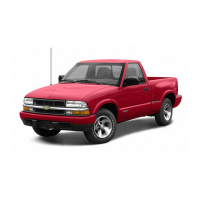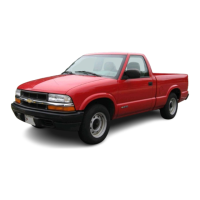If the water isn’t too deep, then drive through it slowly.
At fast speeds, water splashes
on
your ignition system
and your vehicle can stall. Stalling can also occur if you
get your tailpipe under water. And, as long as your
tailpipe is under water, you’ll never be able to start your
engine. When
you
go through water, remember
that
when your brakes get wet, it
may
take
you
longer
to stop.
Driving through rushing water can be dangerous.
Deep water can sweep your vehicle downstream
and you and your passengers could drown.
If
it’s
only shallow water, it can still wash away the
ground from under your tires, and you could lose
traction and roll the vehicle over. Don’t drive
through rushing water.
See “Driving Through Water” in the Index for more
information on driving through water.
After Off-Road Driving
Remove any brush
or
debris that has collected on the
underbody, chassis or under the hood. These
accumulations
can
be a fire hazard.
After operation in mud
or
sand, have the brake linings
cleaned and checked. These substances can cause
glazing and uneven bralung. Check the body structure,
steering, suspension, wheels, tires and exhaust system
for damage. Also, check the fuel lines and cooling
system for any leakage.
Your vehicle will require more frequent service due to
off-road use. Refer to the Maintenance Schedule for
additional information.
4-27

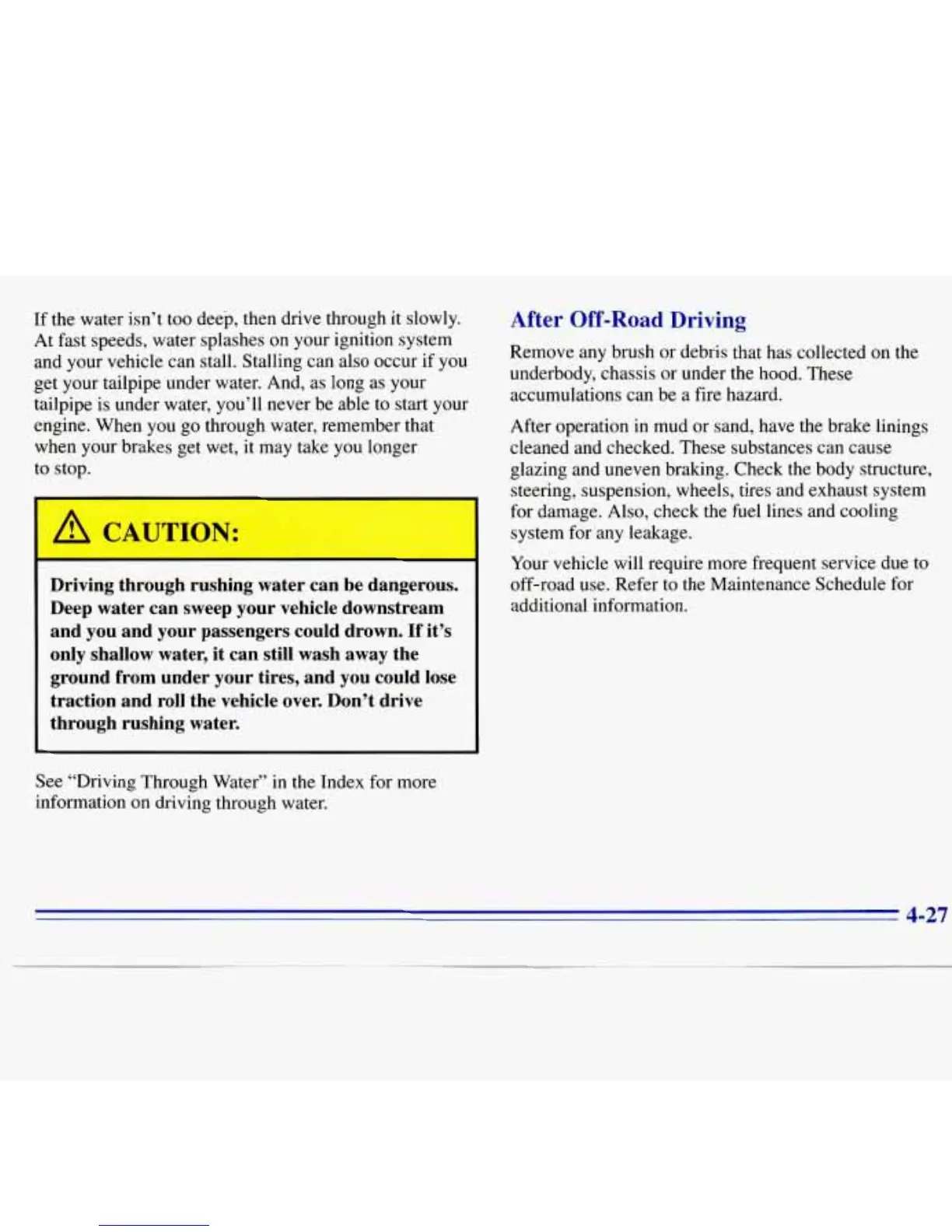